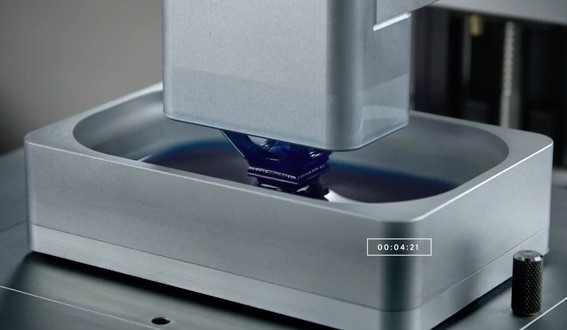Three-dimensional printing has quickly evolved. Just a year or two ago, this technology required painstaking hours to finish one 3D object. This 2015, 3D printing has become less time-consuming with its new technology that is inspired by hit robotic movie “Terminator.”
The technology, called CLIP (Continuous Liquid Interface Production), is a departure from the traditional layer-by-layer method of 3-D printing and the result is a printing process that is 25 to 100 times faster than previously possible, according to a press release.
“Current 3-D printing technology has failed to deliver on its promise to revolutionize manufacturing,” said Carbon3D CEO Joseph M. DeSimone.
The process works by beaming light through an oxygen-permeable window (think of a contact lens) into a liquid resin. Controlled by software, images of the 3-D model are projected into the resin pool, where the UV light begins the hardening process and the Oxygen slows it down. Through careful manipulation, complex shapes can be formed.
The potential use of the technology could range from personalized medical stents to made-to-order athletic apparel.
The drawback, according to the BBC, is that the process only works with polymer-based materials. So unlike the apparent inspiration for the project, the scene in Terminator 2 when the T-1000 robot rises from a pool of metal, the technology cannot produce anything metallic.
Agencies/Canadajournal
 Canada Journal – News of the World Articles and videos to bring you the biggest Canadian news stories from across the country every day
Canada Journal – News of the World Articles and videos to bring you the biggest Canadian news stories from across the country every day



